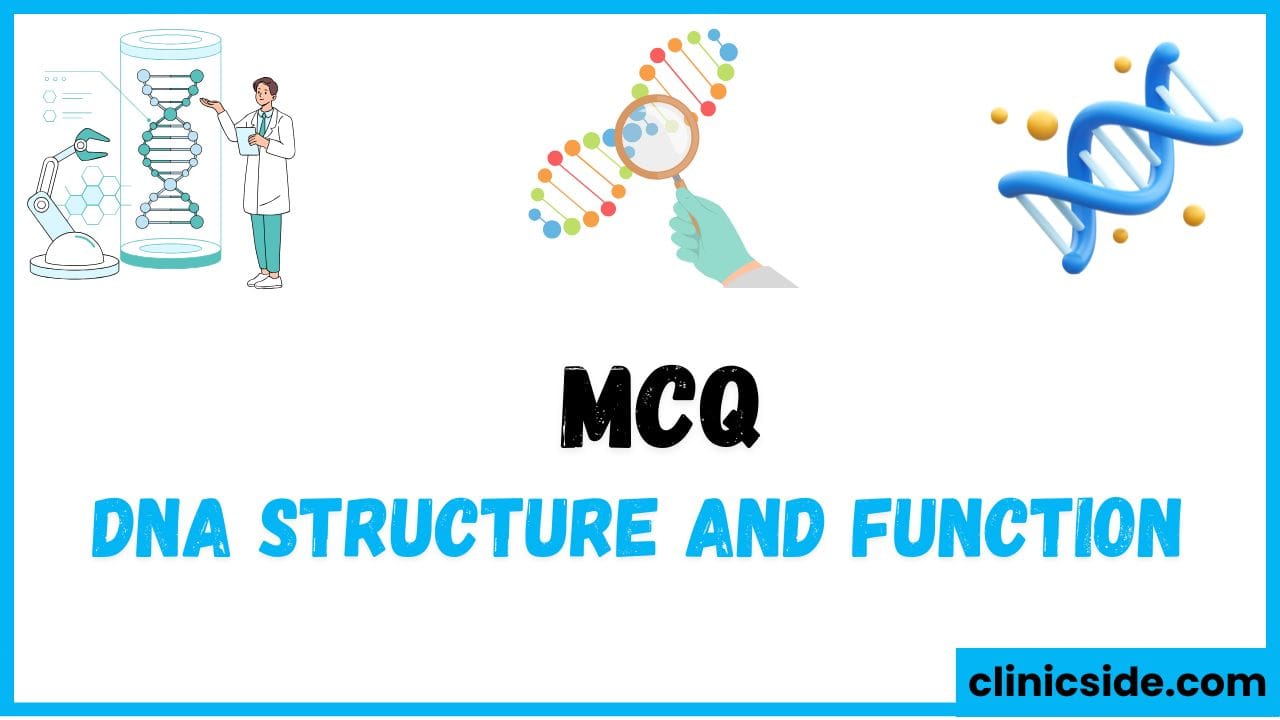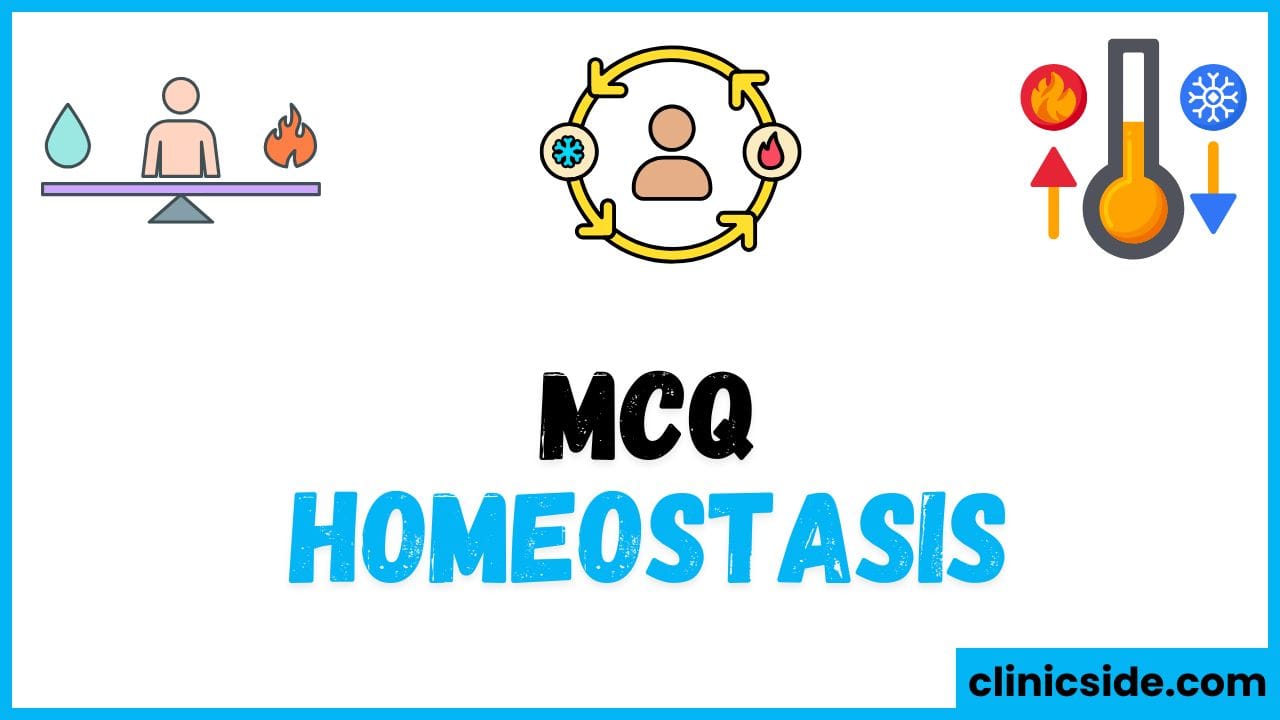DNA Structure and Function
These multiple-choice questions are crafted to help students build a strong foundation in understanding DNA’s role in genetics. Here’s an overview of the key topics covered, with insights into each area:
1. DNA Structure and Composition
- Definition and Full Form: DNA, or Deoxyribonucleic Acid, is the molecule that holds genetic information in cells.
- Double-Helix Structure: The iconic shape of DNA resembles a twisted ladder, known as the double helix, discovered by James Watson and Francis Crick.
- Backbone Composition: DNA’s backbone consists of alternating sugar (deoxyribose) and phosphate groups, which provide structural support.
2. Nitrogenous Bases and Base Pairing
- Types of Nitrogenous Bases: DNA contains four nitrogenous bases: adenine (A), thymine (T), cytosine (C), and guanine (G).
- Base Pairing Rules: In DNA, adenine pairs with thymine, and cytosine pairs with guanine, held together by hydrogen bonds. This complementary pairing is crucial for DNA replication.
3. DNA Replication
- Semi-Conservative Process: DNA replication is a semi-conservative process, meaning each new DNA molecule consists of one original strand and one new strand.
- Enzymes Involved: Enzymes like DNA polymerase play a critical role by adding nucleotides to the growing DNA strand. DNA helicase helps unwind the double helix, while DNA ligase seals the backbone during replication.
4. DNA Function and Genetic Information
- Genetic Code: DNA encodes genetic information in the sequence of nitrogenous bases. This code is used to produce proteins, which are essential for cellular function and development.
- Transcription and Translation: Transcription is the process where DNA is used as a template to produce RNA, which is then used in translation to synthesize proteins, the building blocks of life.
5. Cell Cycle and DNA Replication Timing
- S Phase of the Cell Cycle: DNA replication occurs during the S (synthesis) phase of the cell cycle, ensuring that each new cell receives an exact copy of the DNA.
6. Bonding and Stability in DNA
- Hydrogen and Covalent Bonds: Hydrogen bonds between base pairs stabilize the double helix, while covalent bonds link nucleotides along the DNA strand, making the backbone robust and stable.
Why These Topics Matter
Understanding DNA’s structure and function is fundamental in biology and genetics, as it forms the basis for how traits are inherited, how cells function, and how life is sustained. This MCQ quiz covers essential concepts that are foundational for students pursuing studies in biology, medicine, genetics, and related fields.





